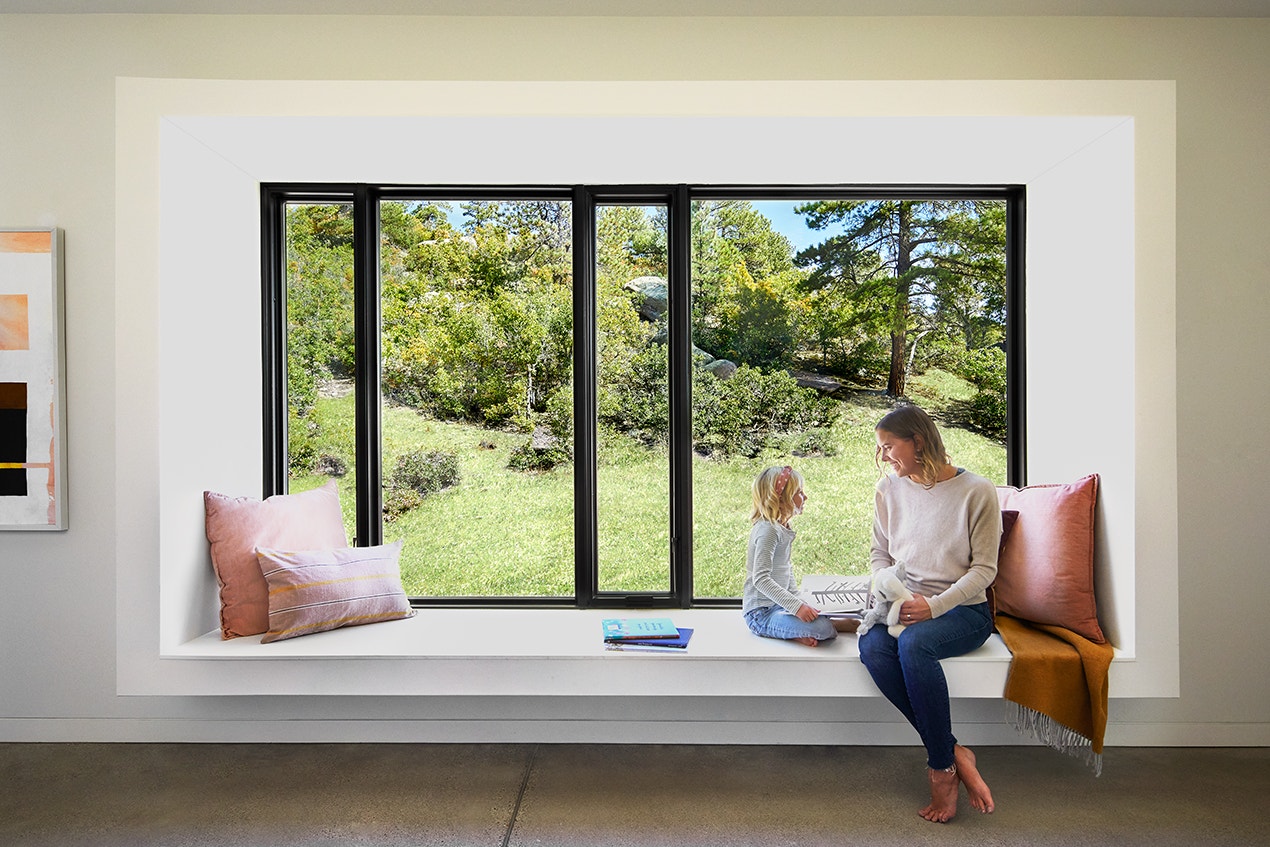Benefits and Best Practices of Installing Energy-Efficient Windows
Introduction to Energy-Efficient Windows
In today’s world, conserving energy is more crucial than ever. Energy-efficient windows keep warm or cool air inside your house, significantly reducing energy use and improving interior comfort. An attractive house is also a priority; stylish doors and windows designs can add great aesthetic value. As awareness about the benefits of energy conservation grows, many homeowners are considering switching to energy-efficient windows. This comprehensive guide delves into the manifold benefits and best practices of energy-efficient windows, providing you with the knowledge to make an informed decision.
Critical Benefits of Energy-Efficient Windows
One of the standout benefits of installing energy-efficient windows is the potential for significant reductions in energy bills. In line with the U.S., According to the Department of Energy, households may save as much as $465 a year by switching from single-pane windows to ENERGY STAR-rated versions. This translates to both substantial financial savings and a reduction in energy consumption. Furthermore, energy-efficient windows enhance the overall comfort of your home by minimizing drafts and maintaining consistent indoor temperatures.
Beyond energy and cost savings, these windows also include advantages like reducing condensation on window panes, lowering outside noise, and preventing UV rays from fading your interior decor. These benefits collectively contribute to a better living environment, transforming your home into a more comfortable and financially efficient space.
Types of Energy-Efficient Windows
There are numerous energy-efficient window types available, each catering to different needs and preferences:
- Double-Glazed Windows: These windows feature two layers of glass with an insulating gap in between, effectively reducing heat transfer and improving insulation.
- Triple-Glazed Windows: With three layers of glass, these windows offer enhanced insulation over double-glazed options, making them suitable for frigid climates.
- Low-E (Low-Emissivity) Windows: Coated with a thin metallic layer, these windows reflect infrared light and reduce heat transfer, providing efficient temperature regulation.
Each type of energy-efficient window has unique advantages, so the right choice depends on various factors, including your specific needs, budget, and local climate conditions.
Best Practices for Installation
For energy-efficient windows to provide optimal performance, proper installation is essential. Here are some best practices to ensure effective installation:
- Hire a Professional Installer: An experienced installer can mitigate common installation errors and ensure your windows are fitted correctly.
- Ensure Proper Sealing: Poorly sealed windows can allow air leaks, negating the energy-saving benefits. Ensure that the windows are sealed correctly to maintain energy efficiency.
- Select the Right Frame Material: Vinyl and fiberglass are recommended for their excellent insulating properties and durability.
By following these best practices, you can maximize the energy-saving benefits of your windows and ensure they perform optimally over the long term.
Maintenance Tips for Longevity
Maintaining your energy-efficient windows is crucial for ensuring their longevity and sustained performance. Here are some maintenance tips to keep your windows in top condition:
- Regular Cleaning: Clean the windows regularly to prevent dirt and debris buildup, which can compromise their efficiency over time.
- Periodic Inspection: To stop air leaks, frequently inspect the window frames and seals for evidence of deterioration and take quick action to fix any problems you find.
- Lubricate Moving Parts: Lubricate the moving components of the windows to guarantee smooth operation and continued accessibility for opening and closing.
Regular maintenance helps preserve your windows’ efficiency and functionality, ensuring they provide long-lasting benefits.
Common Misconceptions
Several misconceptions surrounding energy-efficient windows can deter homeowners from making the switch. A common myth is that these windows are costly. Energy-efficient windows are frequently more affordable in the long run due to reduced energy costs, even if their initial cost is higher than regular windows. Another misconception is that energy-efficient windows do not make a significant difference. In reality, clarifying myths about energy-efficient home improvements reveals that these windows can drastically reduce energy consumption and enhance indoor comfort.
Some believe that energy-efficient windows are difficult to install and maintain. However, with professional installation and regular maintenance, these windows can provide substantial benefits with minimal hassle. By dispelling these beliefs, homeowners may make well-informed decisions based on accurate data rather than hearsay.
Frequently Asked Questions
- In what way might my energy bill be reduced? Energy savings can vary, but on average, homeowners can save between 10% and 25% on their energy bills by installing energy-efficient windows.
- Are energy-efficient windows worth the investment? Beyond energy bill savings, these windows offer improved comfort, noise reduction, and potential increases in home value, making them a worthwhile investment.
- How do I know if I need new windows? Noticeable drafts, condensation between glass panes, trouble opening the windows, and rising energy costs indicate that you could benefit from new windows.
Conclusion
Energy-efficient windows are an invaluable investment for homeowners seeking to enhance their home’s energy efficiency, comfort, and overall value. By understanding the numerous types of energy-efficient windows and following recommended installation and maintenance procedures, you can fully benefit from them. Upgrading to energy-efficient windows is a step towards a more sustainable, comfortable, and financially prudent home. Consider these factors and take action to improve your living space today.






